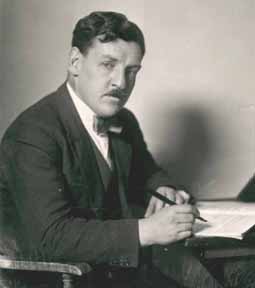Lift Your Heads Anthem for Ascension J S Bach
This comes from The Royal School of Church Music, words adapted by C S Phillips and the mean parts added by P C Buck. It is an anthem in 2 sections, it starts as a sedate 4/4 largamente passage
"Lift your heads, ye gates eternal,
Welcome your returning King:
Angel choirs, with loud Hosannas
make the courts of Heav'n to ring."
Then we move to a swifter and dance -like 3/4 section,
"For swift as an eagle that soareth on pinion,
The son cometh home to the Father's dominion.
His sorrows are ended, His lifework is done:
Victorious He mounteth to take back His throne."
Johann Sebastian Bach (1685 – 1750) was a German composer and musician of the Baroque period. He was a highly respected organist in his lifetime, although not recognised as a composer of magnitude (possibly one of the greatest) until a revival of his works in the first half of the 19th century. He showed considerable skill in counterpoint and harmony. He was able to adapt rhythm, form and texture from abroad. He was a prolific composer of church music due to the demand for huge numbers of cantatas over the Christian year. It is thought her wrote over 300 with only around 200 surviving. He also wrote many other works sacred and secular. It is now agreed that his music has technical command, intellectual depth and artistic beauty.




